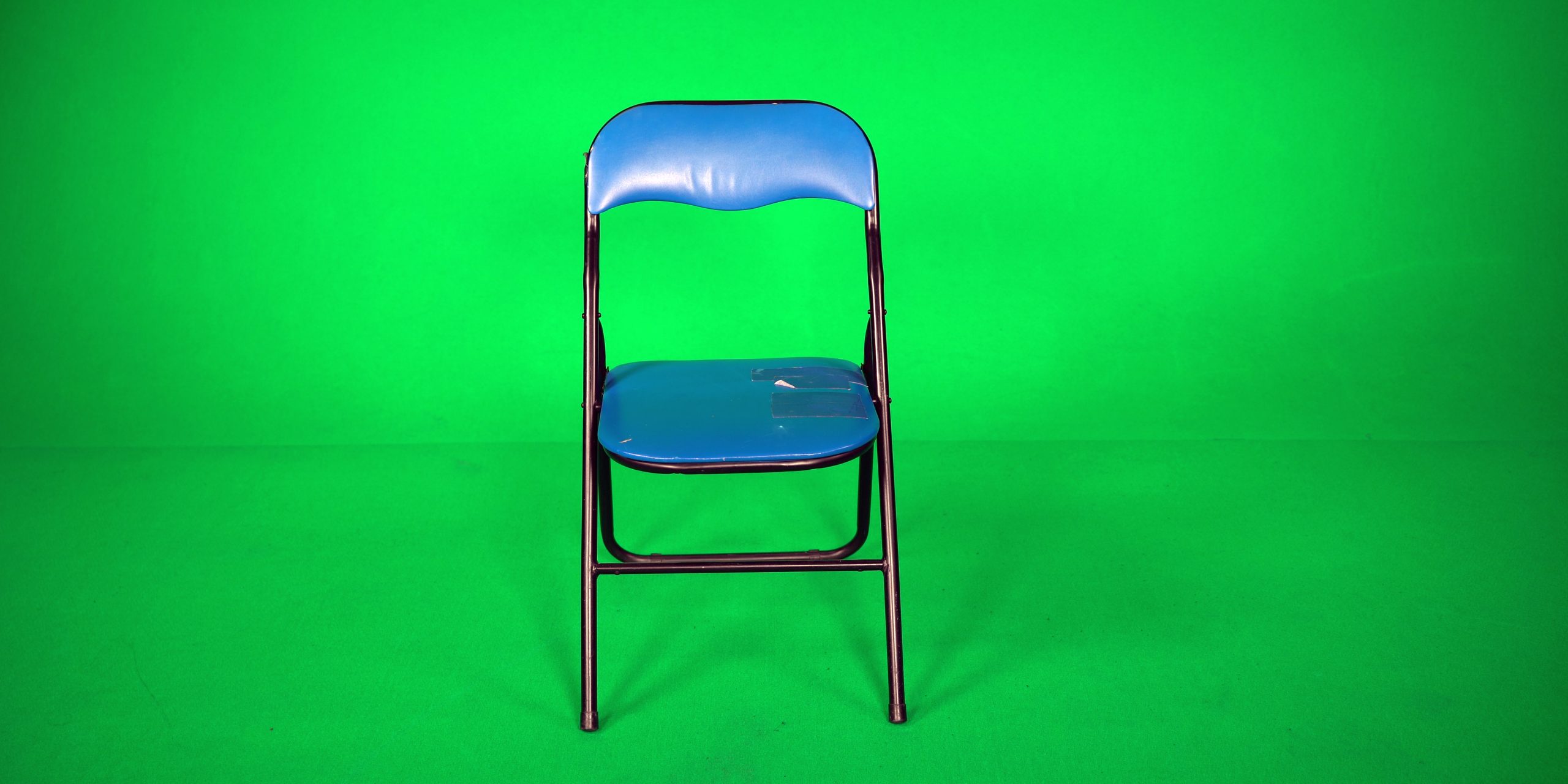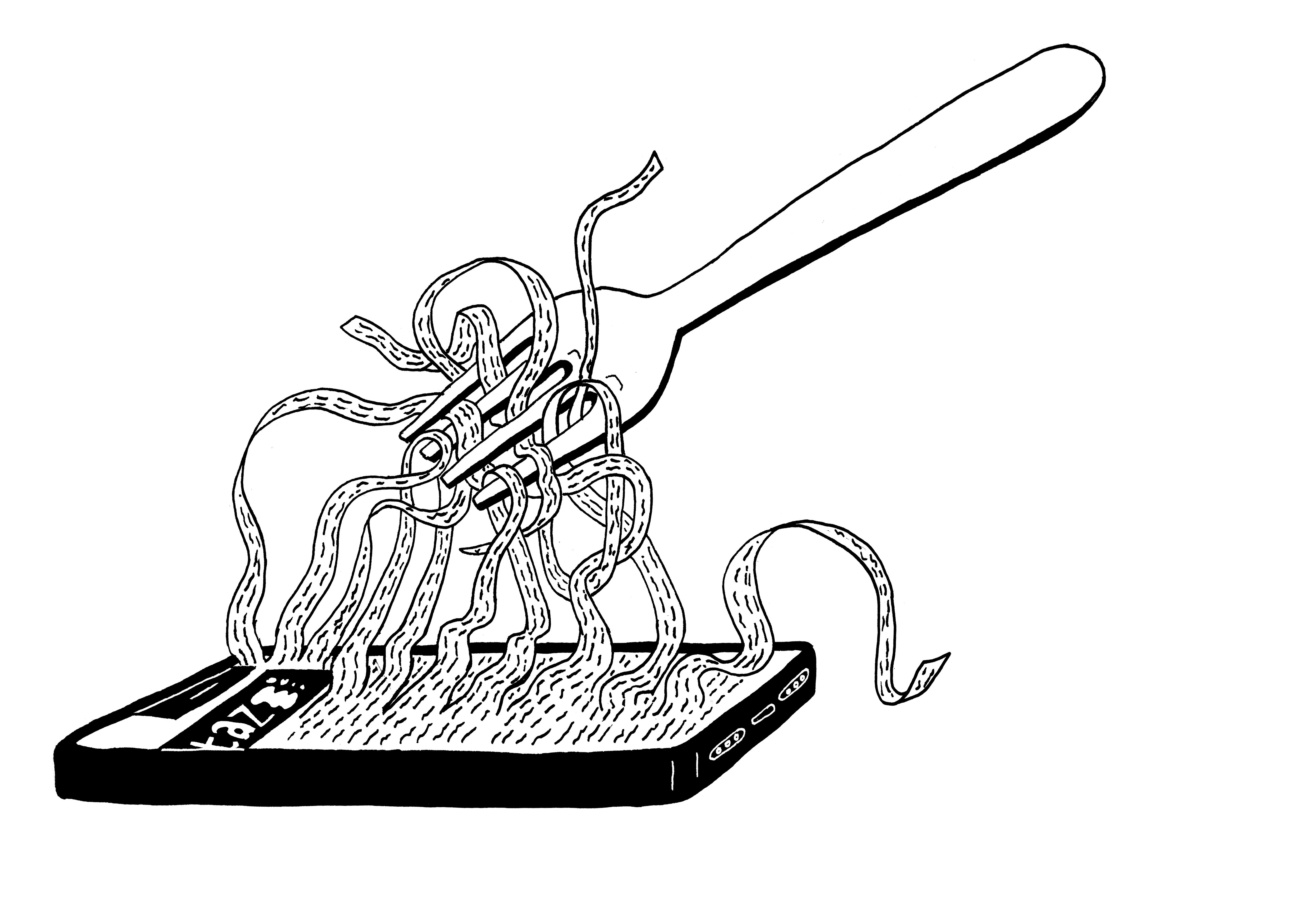Starting in a few days, Beyond Home. is an exhibition applying radical feminist concepts, like Sara Ahmed’s “killjoy” to immigration policies and more philosophical reimaginings of “home” and “homing” with womxn artists from Afghanistan, Belarus, Iran, Iraq, Kurdistan, Lebanon, Palestine, Syria, Turkey, and Ukraine. Right before the opening, I had the chance to interview the initiators, Şirin, Özlem, and Selda.
rza: Would you like to briefly share the idea behind the exhibition and what is the scope of it?
Şirin: The exhibition will take place between June 10 and August 20. One of the exhibition spaces is Kunstraum Kreuzberg/Bethanien. In this space we will host the works of 15 artists. Yet the space of the exhibition also extends to a satellite mobile trailer which will be stationed at three different locations in Berlin, over the course of 10 weeks. In the trailer, the videos of 10 artists will be shown, also introductory statements of the artists will be broadcasted. We wanted to make art more accessible in the city. The trailer will also enable us to interact with the public, while expanding the world of the artwork through workshops and open conversations about the issues raised in the exhibition
The third pillar of the exhibition will be a Zine in collaboration with the artists, and an editor. The artists will come together to muse about the theoretical and conceptual ideas of the exhibition and they will produce an artwork while the exhibition is rolling.
Selda: The exhibition will also present the Women* Artists’ Web Archive, which is a project initiated last year, aiming to create a platform of care, and solidarity among women* artists coming from the region’s included in the exhibition. There is also a Mind Map Collage, which showcases the creative journey of the artists as they think about notions of home and elaborate on them in preparation for the exhibition. These sketches, poems, drawings and words make up the process of thought that was involved for the final artwork.
Özlem: I would like to talk more about the initial idea behind the exhibition. Why did we decide to focus on “home”? I moved to Berlin 6 years ago, and being an artist from Turkey, I had the feeling that I was allowed only to talk about specific issues that had been already assigned to my so-called identities. And the impression was only if I follow these themes and specific ways-of-speaking, I could be allowed funds or other resources to continue my practice. And I find it important to underline that that is not solely my experience but a common one. That’s why deconstructing the concept of “home” was the first idea. We wanted to see how we, as BIPOC artists, would imagine a “home” beyond preset assignments.
Selda: ‘But we dream of coming back to it the way a bird comes back to its nest or a lamb to the fold’’ Bachelar’s this sentence made me think to determinate the whole tonality of ‘home’ and that’s actually when the idea of this exhibition started.
Şirin: When Selda introduced the idea to us, it was important for us not to focus solely on the past and view the home left behind through a nostalgic lens. The notion of home from a migrant perspective is often conceptualized as a binary concept, a here or there, implying duality as its fundamental nature. However, it is not merely limited to that. Thus, it became crucial for us to broaden, go beyond and deconstruct this duality and critically examine our experiences in relation to the larger political context.
rza: In the statement of the exhibition brochure, you say “Using Sara Ahmed’s concept of the “feminist killjoy” as a guiding principle, we disrupt the discursive comfort zones of Germany regarding migration and border policies.” Would you mind opening that up a bit? How will you apply the attitude of “killjoy” to structural regulations on mobility?
Şirin: For me being a feminist killjoy is constantly questioning and critiquing aspects of culture, institutions, and everyday interactions that perpetuate oppressive forms of discrimination. I don’t mind if the way I question is making some bodies or institutions uncomfortable and challenges commonly held beliefs.. When we look at the German case for example, the immigration approach adopted here is not translating for the benefit of those who are subject to them. So, I am interested as a feminist killjoy to “ruin the fun” and destabilize systems that benefit the few and fail to serve certain individuals and groups.
Özlem: The „feminist killjoy“ refuses to go along with the status quo and disrupts spaces of comfort by questioning and critiquing dominant narratives that perpetuate inequalities. It is also about acting toward the world one desire. We want to project this way of inhabiting the world to the migration discourse in Germany and elsewhere because this is about our experiences and our lives! First, naming these inequalities, then making alliances to create new spaces of commons without focussing on the possible outcomes of creating discomfort, is the key here. In line with this, „deconstructing“ is firstly about deconstructing the dominant and oppressive means and practices and then coming together as people with proximate experiences to conceptualize a „home“ or a world that meets our desires. It can be a fragmented home, yet it will be one construed for and by our needs.
rza: Hearing your answers so far, I wonder if you had fluid decision-making on curating all womxn artists from countries which currently or already for two decades experienced flux of immigration abroad?
Özlem: I can answer this question by quoting two speakers in my film “The Story Told is Yours,” which is launching at the exhibition. In this film, I talk with nine artists who immigrated to Berlin from different countries in the last few years. One of the artists in the film is talking about their idea of empowerment, which is very relevant from the perspective of the exhibition to my point of view. After years of being subject to it, the first speaker mentions deciding to decentralize whiteness and everyday racism or other forms of abuse & discrimination, but instead, centralize the BIPOC experience. That’s the position at the exhibition as well. In addition to this approach, a second speaker mentions opening spaces resonating with these experiences and ways of constituting solidarity through our artistic practices. These two points, along with others, motivated us within this exhibition to invite womxn BIPOC artists to reinforce an intersectional perspective.
Şirin: This question made me think of Sara Nabil’s work, titled “I am Sarah”. It is a film in loop, where we see Sara’s close up face repeating “I am Sara”. When she was in Afghanistan, she was sb’s daughter, sb’s sister, when she arrived here, she became an immigrant, a refugee, a victim of the oppressive environment from which she came from. And in the film, she simply says, she is Sara. I love the radical softness of this work, I think it is also reflecting our intention of putting this exhibition together.
Selda: Speaking of radical softness, indeed, the space serves as a platform to reveal, think through, and understand the process of Homing, of imposing one’s existence on one’s own terms. For example,
Özlem: The common knowledge is that the history of Germany has been written by white hetero men. We want to write our own history while making history, either through this exhibition or our other practices in the making. We demand to dismantle the stereotypes either opening these minor cracks in the system or being the crack when necessary.
rza: Could you each dig deeper into one work of art from the exhibition that, according to your perspective, is questioning “homing” from an intersectional gaze?
Şirin: I would like to talk about Amina Maher’s two films at the exhibition. Actually, these two films are part of a trilogy, yet we didn’t include the third one since Amina is also using the films independently. The first film “Letter to My Mother” is a therapeutic autobiographical narrative where Amina faces a traumatic experience from her past. In the second film “Where is the Friend’s Home?”, we see Amina accepting the past and trying to make sense of who she is today and her present identity, through queer friendships. So in the second film, we see her accepting her body in spite of the harassment she is experiencing as a result of it here in Berlin as well.
rza: as a queer person, I can relate to this artistic journey of Amina exactly from “homing” my own skin. It took me a while to home my own skin as well. For me, my friends, the ones I call family, are my home. Or these pebbles I collect from beaches that embraced me are my home.
Şirin: This is also why we adopted feminist killjoy as an approach to this exhibition, because sometimes concepts can be a shelter, when one feels “homeless”.
Özlem: Yeah, I think also by calling the exhibition “Beyond Home”, we want to somehow internalize that we are moving forward from a place, or a concept, or a skin we “homed”, to take care of that home while imagining verbesserung for it.
rza: yeah, hopefully beyond home awaits the calmness and peace we are craving for.
Özlem: Here comes one of the few questions the exhibition’s statement is asking: What if home is a rhetorical question that loses relevance?.. Ronak Moshtaki has two works at the exhibition. One is the notebook, “Untitled Sculpture”. The second is “Untitled, Puppet Installation”. In the second work, there are big letters hanging in the exhibition space and the audience can play with them. When one first sees this work, one expects a meaningful text where a signifier refers to a specific signified. When one understands that one can play with this text, then one eventually understands that actually there is no fixed meaning attachable to this text: a meaning that is always in suspense, yet, that is always in the making. Though there are different readings attached to it, I really like this work within the realm of being a new political subject in a new space and the challenges and possibilities coming along.
Selda: Marina Naprushkina’s Closed to the Public is also a text-based work which underlines the importance of language. Having followed asylum hearings for many years, Marina’s work consists of quotes of questions judges pose to asylum seekers. These quotes that come from a book she put together serves as a resource for refugees with information to prepare for their upcoming hearings. Having also been translated by volunteers to several languages, the work highlights language as an existential tool to realize yourself.
Interestingly Ceren’s work also incorporates a struggle with language in a playful way, through her doodles. AKS also aims to make visible the limitations of language, although aware of the limitations it brings, one always tries to reposition oneself in relation to them, trying to go beyond them, before being faced with another.
rza: How is this exhibition aimed to resonate within the German art scene and public sphere?
Özlem: I would like to answer this quoting a short phrase from our Statement again:
“We create a platform for discussion and possible alliances for a more just and equitable future.”!
Selda: Our goal is to open up spaces to speak about these issues. And we try to diversify these spaces and forms of expression, so as to reach out to a wider audience. Whether it is through art installations, abstract sculptures, music videos, or documented oral history projects, workshops, performances, we would like everyone to find the most effective medium through which to connect with our framework.
*Beyond Home. an exhibition by Kunstraum Kreuzberg/Bethanien curated by Selda Asal, Şirin Fulya Erensoy and Özlem Sarıyıldız funded by the Hauptstadtkulturfonds and the Senate Department for Culture and Europe.




